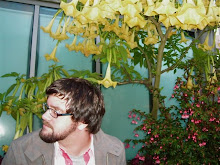
 In between working on commissions for customers, I still find a little time to just make stuff. These two side tables are good examples of the fruits of that labor. The pinwheel patterns on the top of each were made by meticulously cutting and fabricating several hundred diamond pieces in precise patterns. After sanding the tops, I finished them both with several coats of satin polyurethane.
In between working on commissions for customers, I still find a little time to just make stuff. These two side tables are good examples of the fruits of that labor. The pinwheel patterns on the top of each were made by meticulously cutting and fabricating several hundred diamond pieces in precise patterns. After sanding the tops, I finished them both with several coats of satin polyurethane.The table on the left is made of walnut, canarywood and paduak and is 18.5" tall x 12.5" in diameter. The one on the right is made of walnut and paduak and is 20" tall x 12.5" in diameter. Both tables feature elegantly curved legs made from steam bent solid walnut. Even cooler is the fact that the material is 100% recycled from scraps and cut-offs of other completed projects. So, as far as wood furniture and art goes, these pieces are relatively environmentally friendly.

These are both one-of-a-kind pieces that won't be reproduced. They're also for sale! If you're interested in purchasing either of these side tables, please feel free to inquire for price quotes. They're perfect for holding a cup of coffee while you're reading the morning paper (or blog)...









